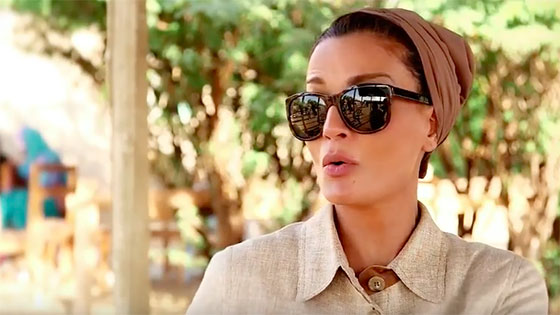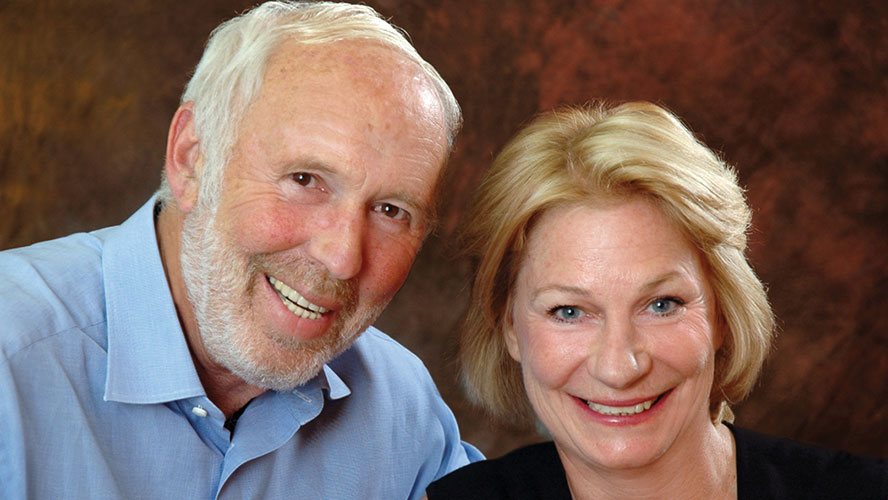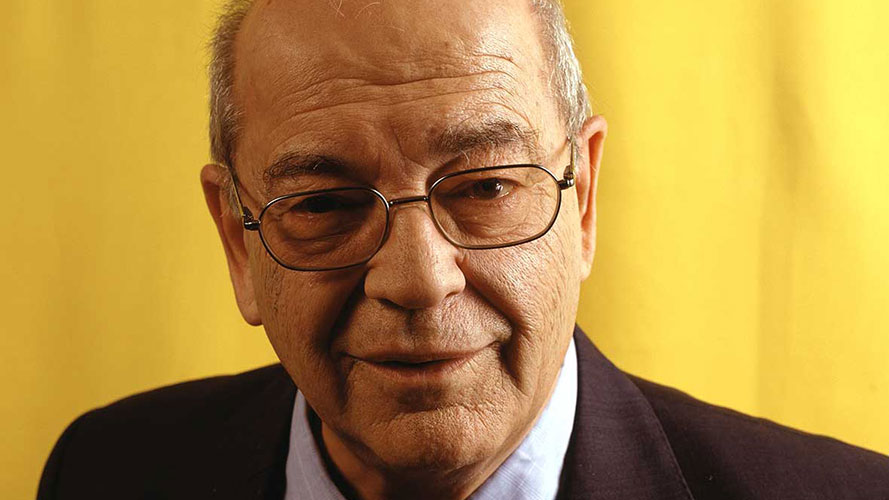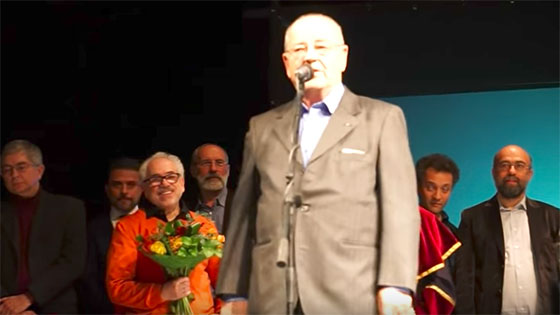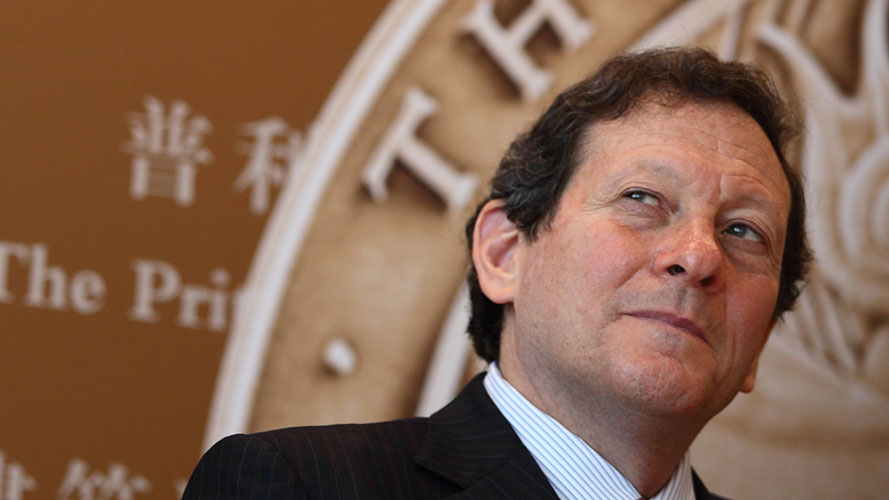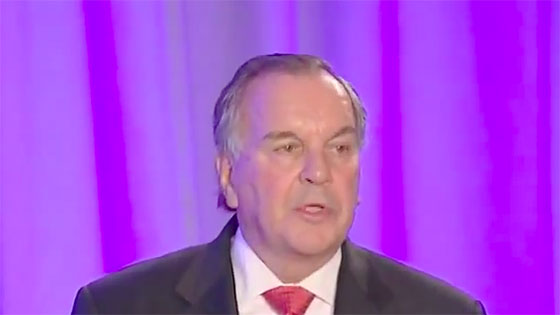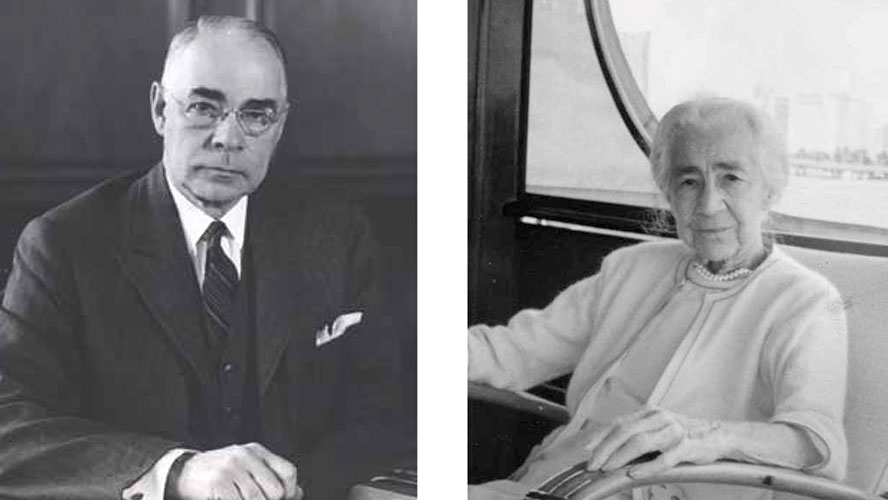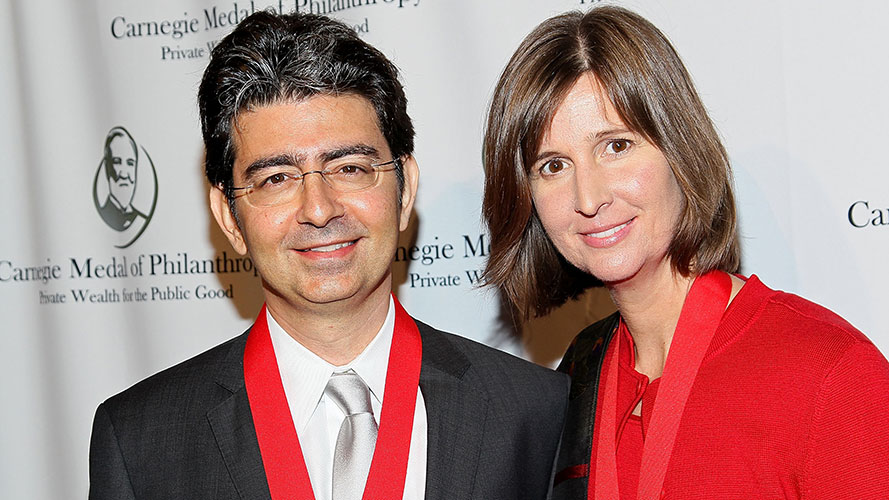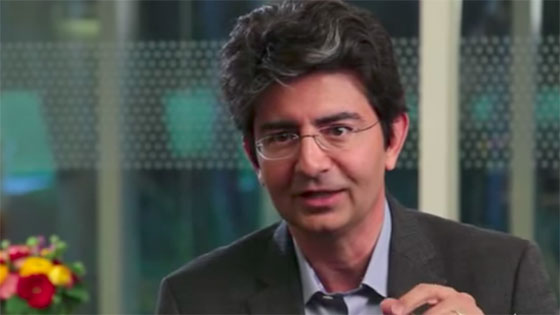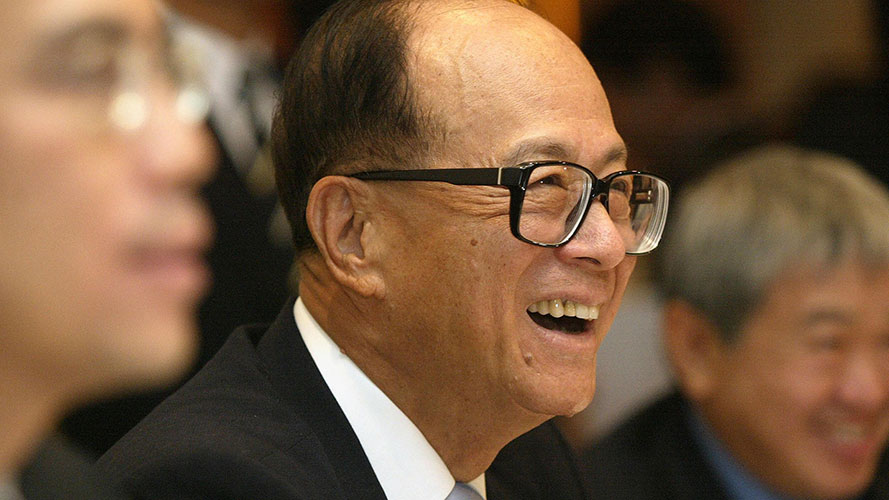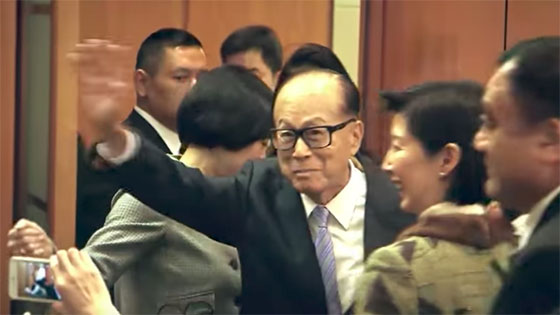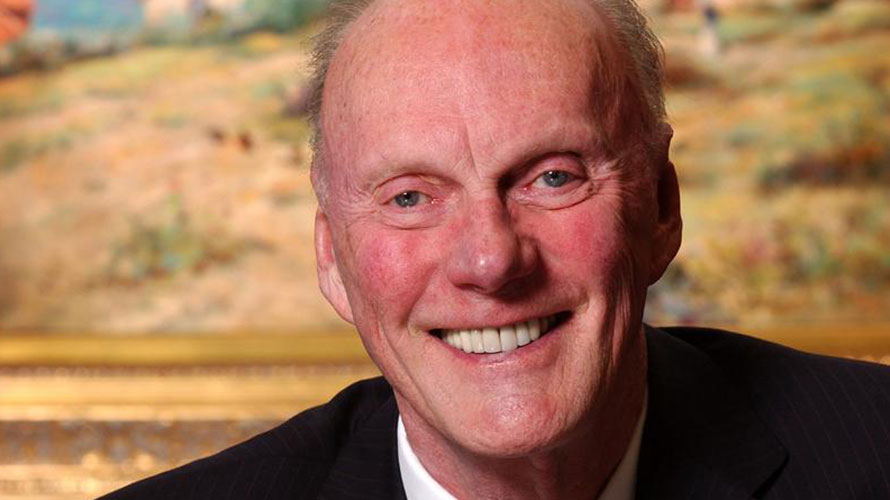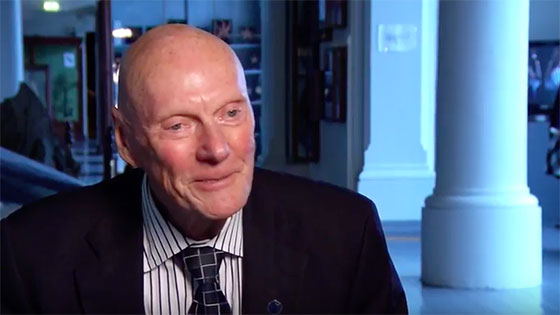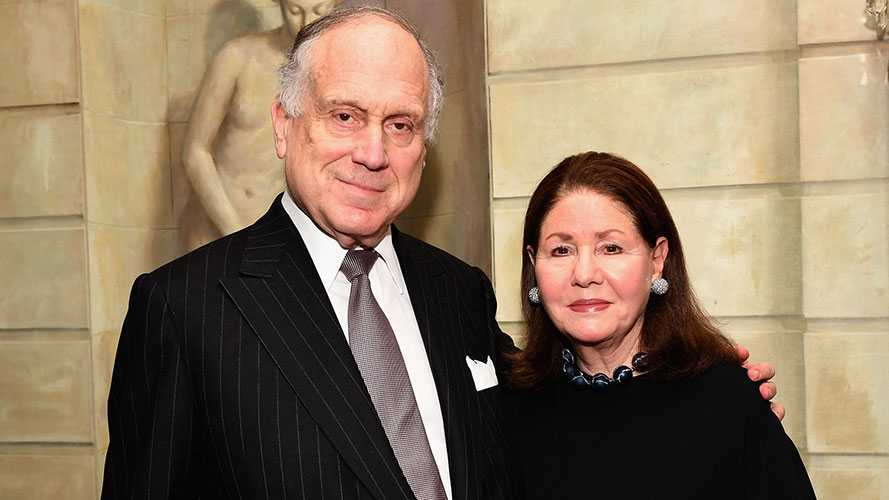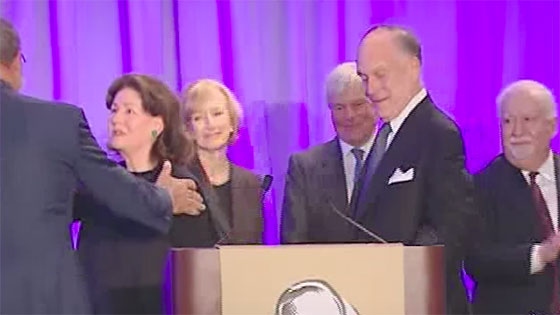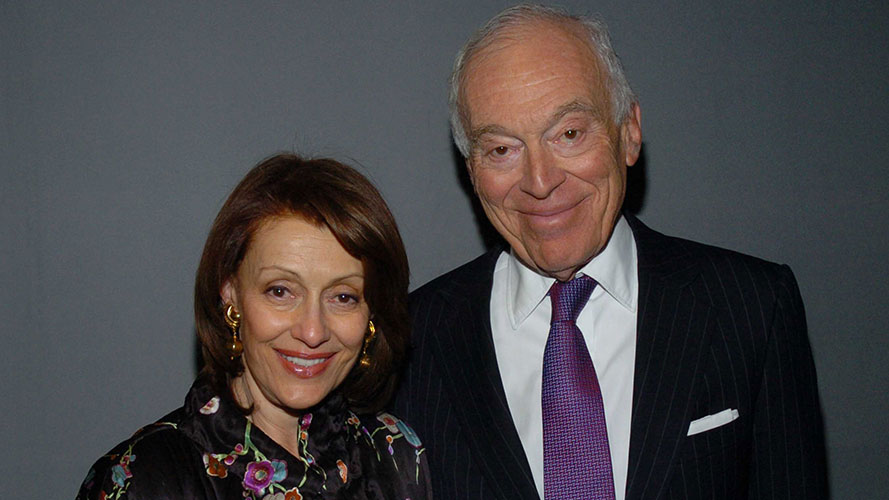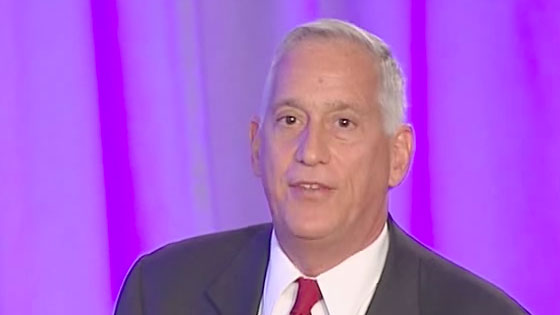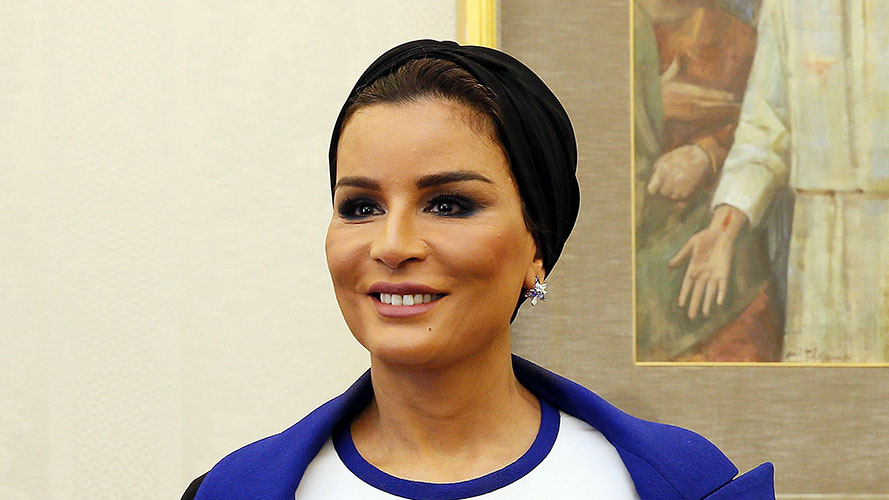
Her Highness Sheikha Moza bint Nasser
Her Highness, a visionary, is leading Qatar in the Arab region and the world to re-imagine the role of women, to reconsider the importance of universal access to education, to reaffirm the importance of family, to restore dignity to children with special needs, to reengage her nation in the pursuit of scientific discovery and to resolve that Qatar will be a model of transformation, innovation, and advancement.
The list of initiatives Her Highness has spearheaded is long and paints a portrait of a remarkable woman. She is the chair of the world-renowned Qatar Foundation for Education, Science and Community Development. As such, Her Highness is instrumental in Qatar’s development as a vanguard of social, economic, and technological advancement. As founder of the Shafallah Centre, she brought special education and dynamic new therapies to children with disabilities. Her Highness was the long-time chair of the Supreme Education Council, guiding Qatar’s education policies and reforms. In addition, she was the driving force behind the International Fund for Higher Education in Iraq, the Silatech initiative to address the growing challenge of youth employment in the Middle East and North Africa, and Education Above All, a policy research and advocacy organization dedicated to protecting the right to education in conflict-affected areas.
Her Highness’s vision and leadership are further demonstrated by her creation of the Sidra Medical and Research Center, for which she serves as chair. The center will both prepare medical students and provide the finest healthcare available to the people of Qatar and the Gulf region. With a special emphasis on the health of women and children and with its cutting-edge research center, Sidra will transform the geography of medicine and improve health outcomes the world over.
But perhaps Her Highness’s most stunning accomplishment has been the creation of Education City, a consortium of world-renowned universities and research institutions that have made Doha their second home, including Virginia Commonwealth University, Weill Cornell Medical College, Texas A&M University, Carnegie Mellon University, Georgetown University, and Northwestern University.
The world has taken notice of Sheikha Moza’s remarkable achievements, and in 2010 she was invited to be a member of the United Nations Millennium Development Goals Advocacy Group, which addresses the issue of universal education. Two years later, United Nations Secretary General Ban Ki Moon invited Her Highness to be a member of the steering committee of the Global Education First Initiative.
In 2006, on the occasion of receiving an honorary doctorate from Carnegie Mellon University, Her Highness quoted Andrew Carnegie in her speech to the graduates. “He that cannot reason is a fool. He that will not is a bigot. He that dare not is a slave.” She is an extraordinary exemplar of Carnegie’s pronouncement. Sheikha Moza is a leader for our times, who has made the future of her country the focus of her life. She has given generously of her time and resources to benefit Qatar, and we are all the richer for it.

